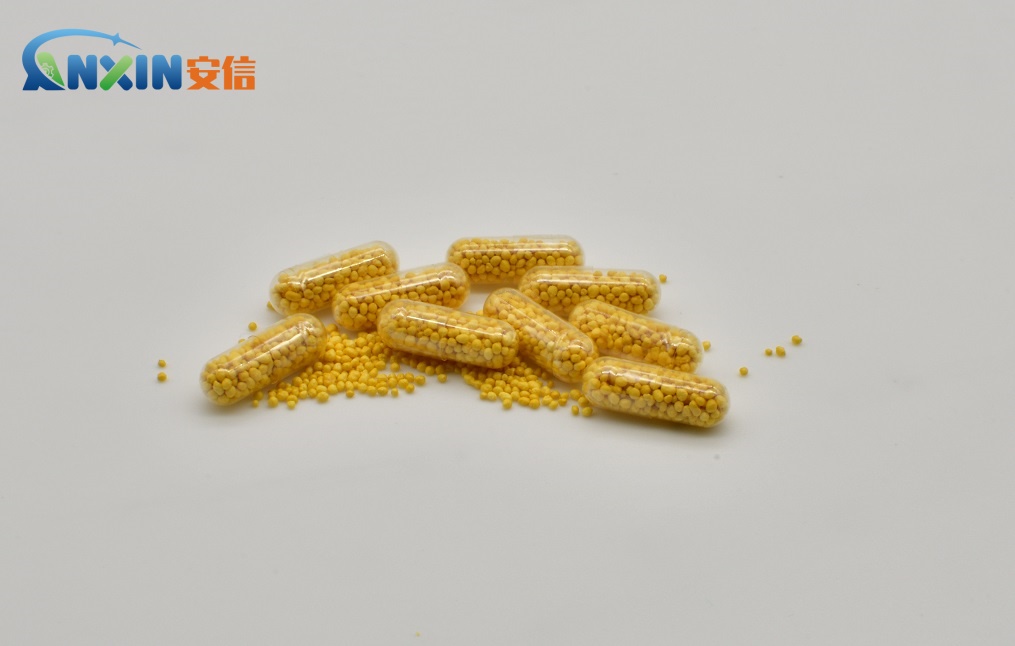Hydroxypropyl methyl cellulose as a pharmaceutical excipient
Hydroxypropyl methyl cellulose (HPMC) is a versatile pharmaceutical excipient widely used in various dosage forms due to its unique properties. This cellulose derivative is derived from cellulose, a naturally occurring polymer found in plants, and modified through chemical reactions to obtain desired characteristics. In pharmaceutical formulations, HPMC serves multiple functions, including binder, film former, thickener, stabilizer, and sustained-release agent. Its widespread application and importance in the pharmaceutical industry warrant a comprehensive understanding of its properties, applications, and benefits.
HPMC’s solubility and viscosity properties make it an excellent choice for controlling drug release in oral solid dosage forms. It forms a gel matrix upon hydration, which can retard drug release by diffusion through the swollen gel layer. The viscosity of the gel depends on factors such as molecular weight, degree of substitution, and concentration of HPMC in the formulation. By altering these parameters, pharmaceutical scientists can tailor drug release profiles to achieve desired therapeutic outcomes, such as immediate release, sustained release, or controlled release.
HPMC is commonly used as a binder in tablet formulations to impart cohesiveness and improve the mechanical strength of tablets. As a binder, it promotes particle adhesion and granule formation during the tablet compression process, resulting in tablets with uniform drug content and consistent dissolution profiles. Additionally, HPMC’s film-forming properties make it suitable for coating tablets, which serves various purposes such as taste masking, moisture protection, and modified drug release.
In addition to oral solid dosage forms, HPMC finds application in other pharmaceutical formulations, including ophthalmic solutions, topical gels, transdermal patches, and controlled-release injectables. In ophthalmic solutions, HPMC acts as a viscosity-enhancing agent, improving the residence time of the formulation on the ocular surface and enhancing drug absorption. In topical gels, it provides rheological control, allowing for easy application and enhanced skin penetration of active ingredients.
HPMC-based transdermal patches offer a convenient and non-invasive drug delivery system for systemic or localized therapy. The polymer matrix controls drug release through the skin over an extended period, maintaining therapeutic drug levels in the bloodstream while minimizing fluctuations. This is particularly advantageous for drugs with narrow therapeutic windows or those requiring continuous administration.
HPMC’s biocompatibility and inertness make it suitable for use in parenteral formulations as a suspending agent or viscosity modifier. In controlled-release injectables, HPMC microspheres or nanoparticles can encapsulate drug molecules, providing sustained release over an extended period, thereby reducing dosing frequency and improving patient compliance.
HPMC exhibits mucoadhesive properties, making it useful in formulations designed for mucosal drug delivery, such as buccal films and nasal sprays. By adhering to mucosal surfaces, HPMC prolongs drug residence time, allowing for enhanced drug absorption and bioavailability.
HPMC is generally recognized as safe (GRAS) by regulatory authorities such as the U.S. Food and Drug Administration (FDA), making it suitable for use in pharmaceutical formulations intended for human consumption. Its biodegradability and non-toxic nature further contribute to its appeal as a pharmaceutical excipient.
Hydroxypropyl methyl cellulose (HPMC) is a versatile pharmaceutical excipient with diverse applications across various dosage forms. Its unique properties, including solubility, viscosity, film-forming ability, and biocompatibility, make it an indispensable component in drug formulations aimed at achieving specific therapeutic goals. As pharmaceutical research continues to evolve, HPMC is likely to remain a cornerstone excipient in the development of novel drug delivery systems and formulations.
Post time: Apr-12-2024
